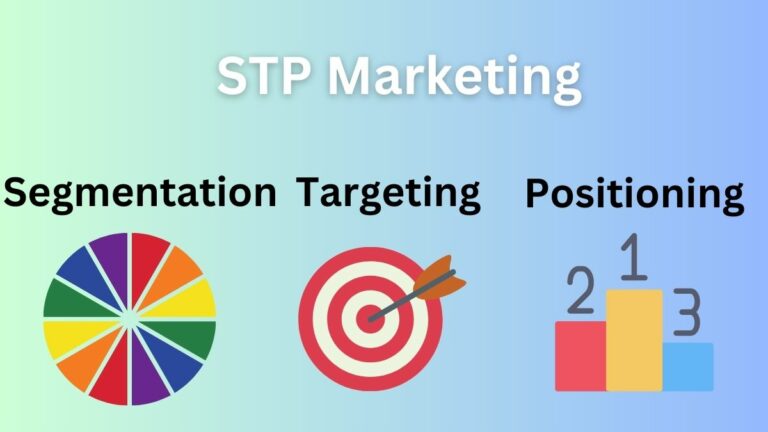What is a Product? Definition, Characteristics, Types, Levels, and Importance
What is a Product? A product is any item that can be offered to people and has the ability to satisfy consumers’ needs and wants. It can be in tangible form as well as intangible form. Simply, a product means what we use or consume to satisfy our needs and wants. That can be food,…








